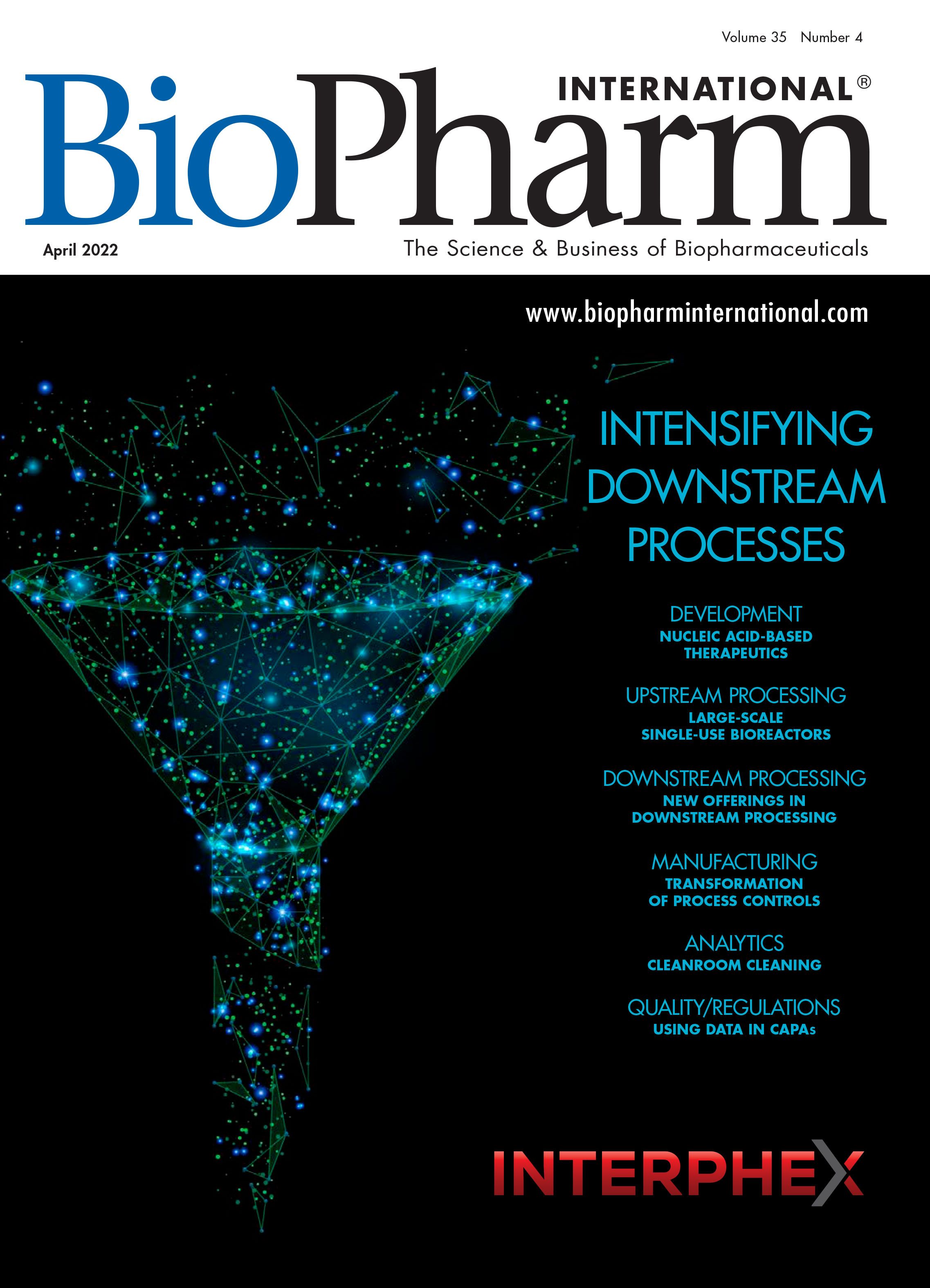Verifying Compendial Methods
Experts Susan J. Schniepp, distinguished fellow for Regulatory Compliance Associates, and Steven J. Lynn, executive vice-president, Pharmaceuticals for Regulatory Compliance Associates, discuss the verification of compendial methods.
Q. Are compendial methods considered validated?
A. According to the pharmacopoeias, compendial methods are validated—that’s about as simple as it gets. The United States Pharmacopeia–National Formulary (USP–NF) states “…users of analytical methods described in USP–NF are not required to validate the accuracy and reliability of these methods but merely verify their suitability under actual conditions of use” (1) The European Pharmacopoeia (Ph.Eur.) and the Japanese Pharmacopoeia (JP) also consider their methods validated. Ph.Eur. states, “The analytical procedures given in an individual monograph have been validated in accordance with accepted scientific practice and recommendations on analytical validation. Unless otherwise stated in individual monograph or in the corresponding general chapter, validation of these procedures by the user is not required” (2). JP says, “when an analytical procedure is to be newly carried in the Japanese Pharmacopoeia, when a test carried in the Japanese Pharmacopoeia is to be revised, and when the test carried in the Japanese Pharmacopoeia is to be replaced with a new test according to regulations in General Notices, analytical procedures employed for these tests should be validated according to this document” (3). The fact that the supporting validation information for pharmacopeial methods is retained by the compendial authorities and not by the users of the methods does not change the fact that the official methods in these publications are supported by validation information.
This does not mean that the user can just use the methods as is. The methods need to be verified as suitable for use in the user’s laboratory. The USP–NF and the Ph.Eur. describe the requirements for verification in their respective compendia. The USP–NF and Ph.Eur. explicitly require that compendial procedures demonstrate suitability under actual conditions of use. This information can be found in General Chapter, Verification of Compendial Procedures <1226> in the USP–NF, and General Notices in the Ph.Eur. (1,2). The European Directorate for the Quality of Medicines (EDQM) stipulates on their website, “When implementing a Ph.Eur. analytical procedure, the user must assess whether and to what extent its suitability under the actual conditions of use needs to be demonstrated according to relevant monographs, general chapters, and quality systems. In other words, it is the user’s responsibility to transfer the procedure correctly” (4).
Once a monograph has been established and it is accepted that the published method is validated, users of the monograph need to verify that the method is suitable for determining the quality of their product. The purpose of verification is to establish that the official method is reproducible when used by others. The monograph sponsor has already proven the method works for its product with the manufacturer’s analysts using the firm’s equipment in their laboratories. They have already met the basic International Council for Harmonisation (ICH) requirements for reproducibility, repeatability, and intermediate precision. The task for the user of the USP monograph is to prove the published method is reproducible for their company’s product tested by their analysts in their laboratories using their equipment. There is no absolute guidance for verification requirements. Companies must decide for themselves how they will establish the method is verified and suitable for their product. The author does suggest, however, that requirements for test method verification depend on the complexity of the method. Chromatographic methods should, at a minimum, meet the system suitability requirements defined in the official method, but other method parameters, such as accuracy and precision, may be considered. Method performance can be accomplished by using performance characteristics such as blanks in chemistry or un-inoculated media in microbiology, laboratory control samples and spiked samples for chemistry, or positive culture controls for microbiology to assess accuracy. Technique-dependent methodologies should not require verification. These methods include but are not limited to loss on drying, pH, residue on ignition, etc. Technicians should be trained, and their training records maintained, demonstrating their ability to perform the method regardless of the material being tested.
To simplify activities for their analysts, many companies translate monograph instructions into laboratory procedures. Although this practice has its benefits, it can also lead to compliance concerns. To minimize this risk, the author recommends that a baseline comparison be made between the standards and the internal testing documents. For test methods, the comparison does not need to elaborate, but should focus on critical parameters. In addition to precision, accuracy, ruggedness, and robustness, the reader may also want to consider reference standard usage, system suitability requirements, or other parameters that may help establish equivalency to the compendial methods. The criteria listed above should not be considered all-inclusive in establishing that an internal method complies with the official pharmacopeial method as the user may have other requirements to consider for their specific laboratory usage.
References
1. USP, USP 44 – NF 39 (USP, Rockville, Md., May 2021).
2. EDQM, European Pharmacopoeia 10th edition, 10.6, General Notices, Section 1.1.2 Compliance with the Ph. Eur., January 2022.
3. JP, Japanese Pharmacopoeia 18th Edition, June 2021, The MHLW Ministerial Notification No. 220.
4. EDQM, FAQs Home, Do I need validate an analytical procedure that is published in the Ph.Eur.?, 2022, faq.edqm.eu.
About the authors
Experts Susan J. Schniepp is distinguished fellow for Regulatory Compliance Associates, and Steven J. Lynn is executive vice-president, Pharmaceuticals for Regulatory Compliance Associates.
Article details
BioPharm International
Volume 35, Number 4
April 2022
Page: 50
Citation
When referring to this article, please cite it as. S.J. Schniepp and S.J. Lynn, “Verifying Compendial Methods,” BioPharm International 35 (4) (2022).
